The bold, modernist style of O'Keeffe adorns this colourful section which features all the themes that you would expect to find in a summary of her work - including large-scale flowers, animal bones plus landscapes and cityscapes. The artist sought solace as her popularity started to grow, bringing with it a greater media focus and also pressure to deliver time and time again. Her artwork started to achieve exhorbitant prices at action and the added publicity encouraged her to move to New Mexico. The bright landscapes of this region would inspire a strand of work within his career, just as Catalonia had done similar for both Salvador Dali and Joan Miro, plus southern France for Henri Matisse and Vincent van Gogh. Flowers would be a constant theme that she returned to time and time again, even when spending long periods of time more focused on other inspiration, such as architecture and the great outdoors.
This famous artist would work predominantly as a painter, particularly in the earlier parts of her career and found the use of bright oils to be ideally suited to the detailed depictions of flowers, which is what she remains most famous for. Mediums in which she concentrated towards the latter years of her career would include pencil and charcoal sketches, photography, ceramics and watercolours. The 20th century was a time when mixed media was frequently employed and there was also an increased desire to try out all manner of different disciplines, with artistic freedom now being offered to all, even to women for perhaps the first time. She has now become one of the most famous female artists of all time, with an increased focus upon them coming about in the last few years. She may not enjoy quite the fame of Frida Kahlo, for example, but her role within promoting art by women is unquestionably strong. Indeed, it is unfair to even mention her gender really - she was just an astoundingly talented and unique artist.
"...Men put me down as the best woman painter. I think I'm one of the best painters..."
The artist would live until 98 years of age and used this long period to work as efficiently as possible, though in later years she would become more and more limited by her own health problems. Towards the end, she was forced to employ assistants in order to direct new works, with her eyesight being particularly impaired by that stage. Despite the length of time covered by her career, the styles are relatively consistent, with only the content really changing. She would also help to inspire others, just as her own paintings had received inspiration from others in the early days of her own lifetime. A museum in the US attempts to continue to draw attention to her achievements and the rising interest in promoting female artists has also helped new generations to become aware of her contributions. Most of her original paintings remain in North America, which partly explains why her reputation is strongest there, though her role within the Modernist movement is also understood further afield.
Whilst her colour schemes remained constant, she did also experiment with double meanings and symbolism within some of her depictions. The female body would be indentifiable in all manner of different forms, including flower heads. Personification was not a new idea within art, but O'Keeffe's approach was - the female perspective that she brought with her may also have helped her to stand out from the crowd and provide something new and fresh to the American art scene, which at the time was a thriving centre for creative innovation which is still very much the case today. Famous American artists are all from the past two centuries, and an increasing number of them are women, where as European art history is much deeper but also reflects a reduced social mobility for some elements of western society across previous centuries. Major art galleries and museums are continuing to push a increased focus upon a more diverse set of artists, also seeking to move into a greater mix of different racial and economic backgrounds as well.
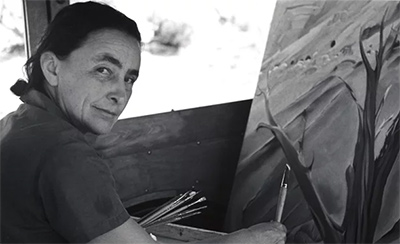
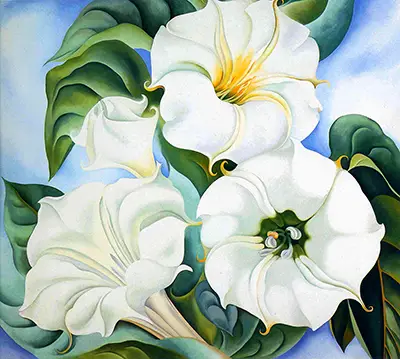
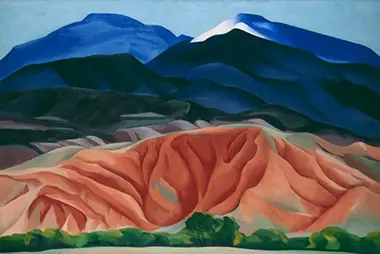

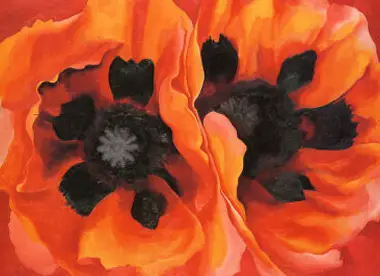
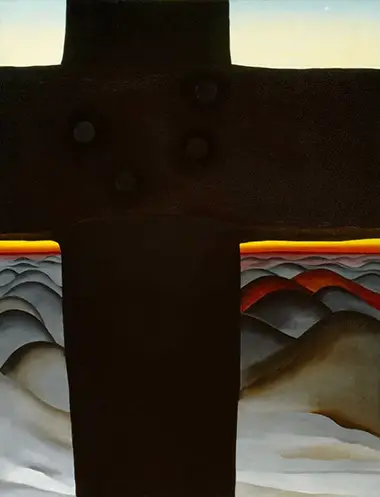
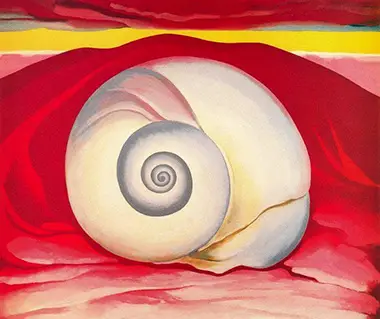
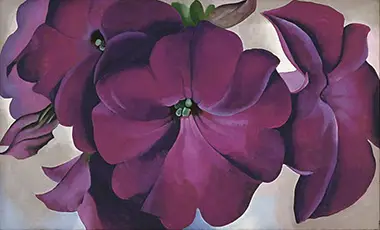
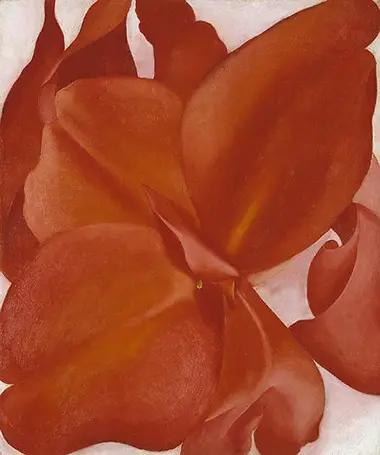
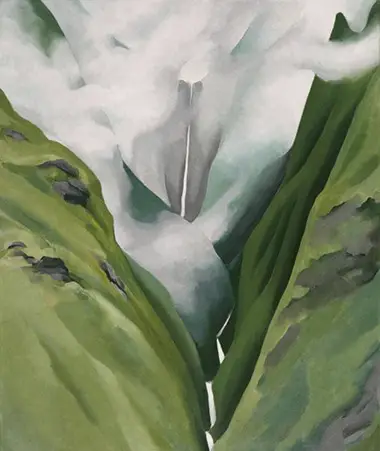

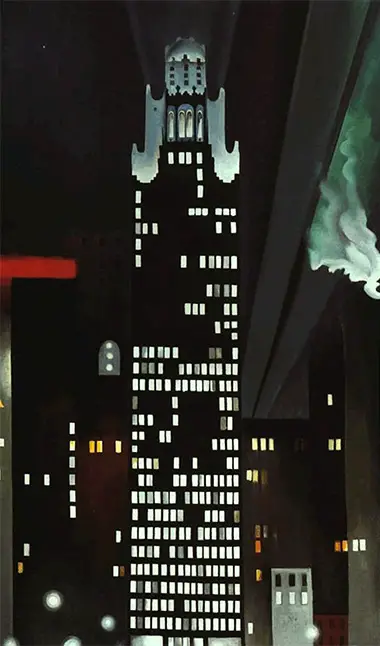
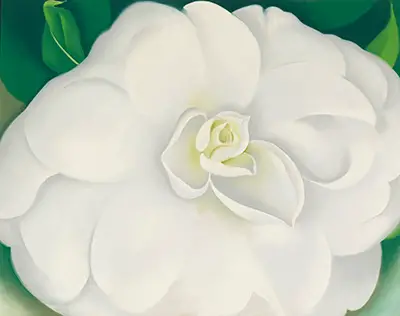
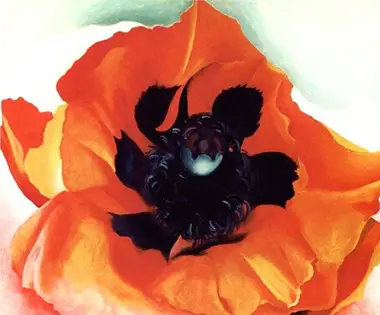
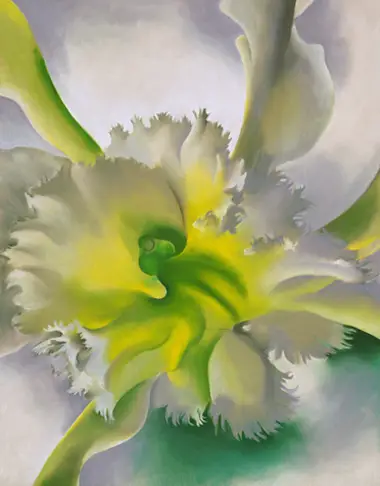
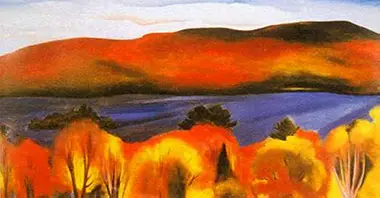
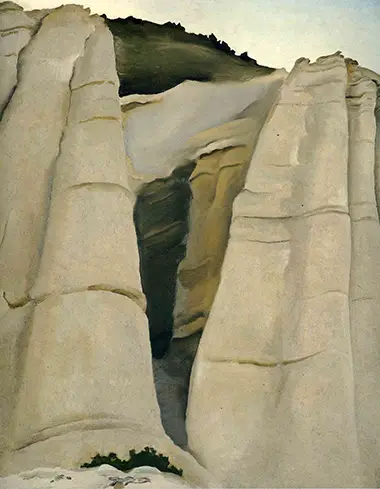
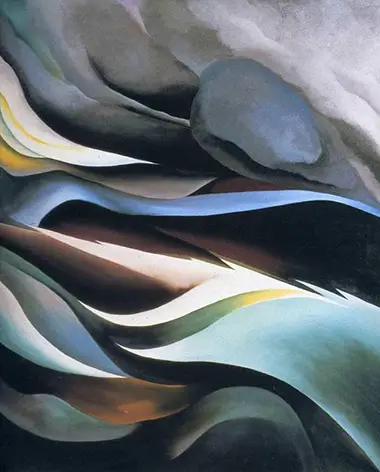
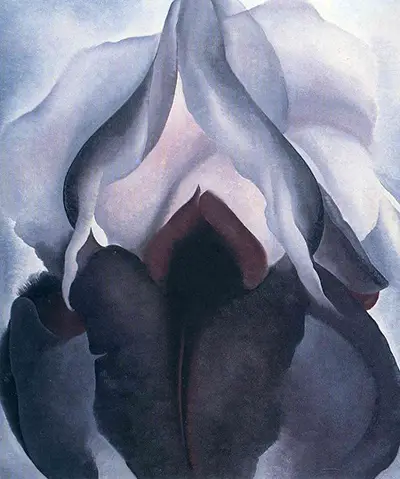
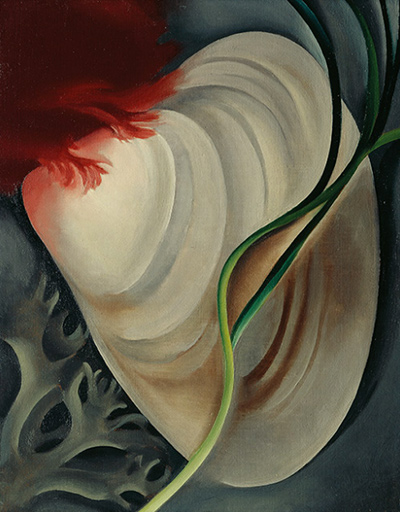
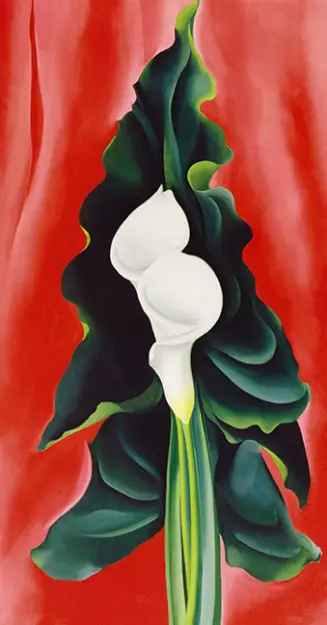
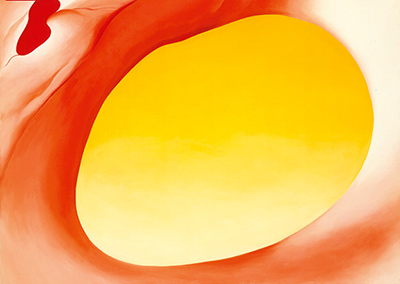
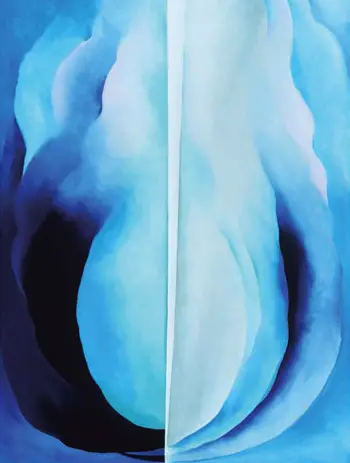
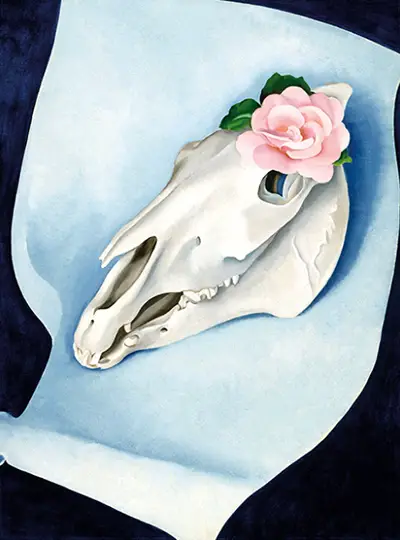
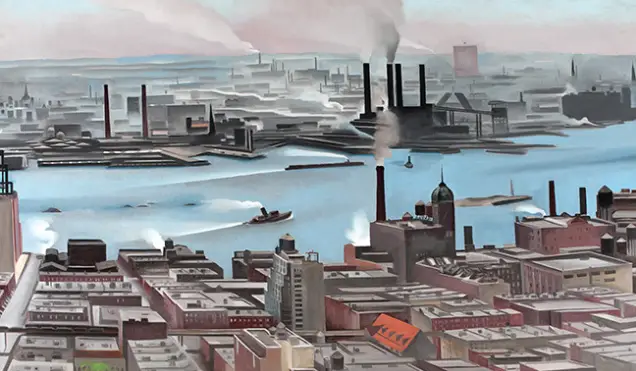
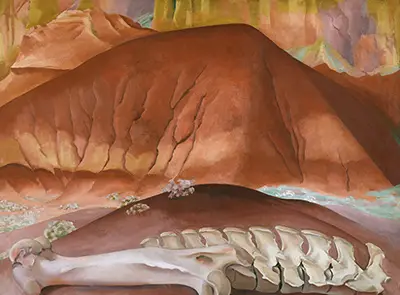

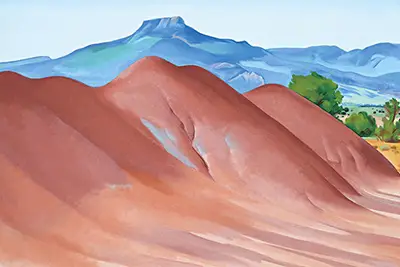
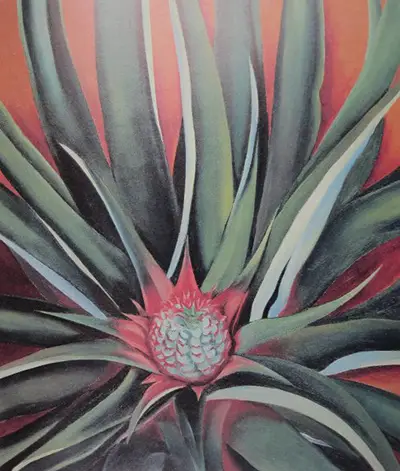

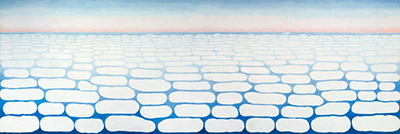
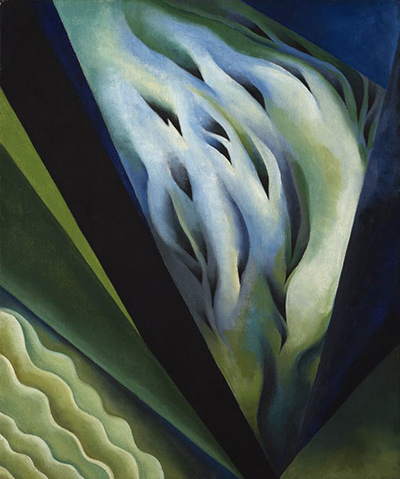
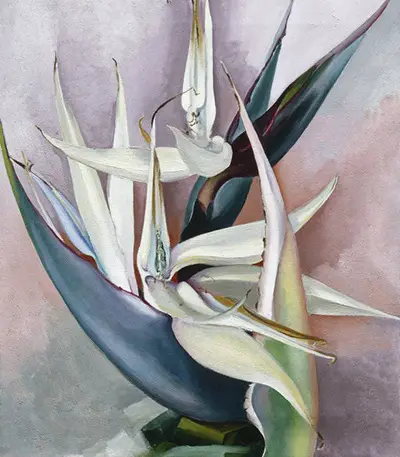
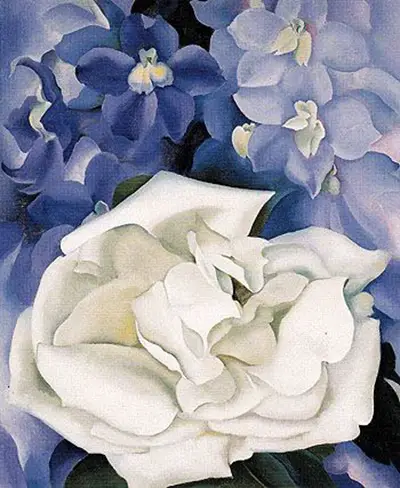
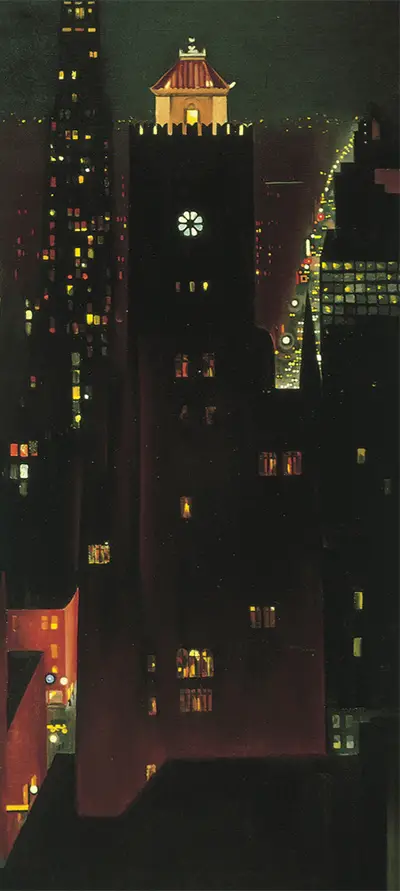
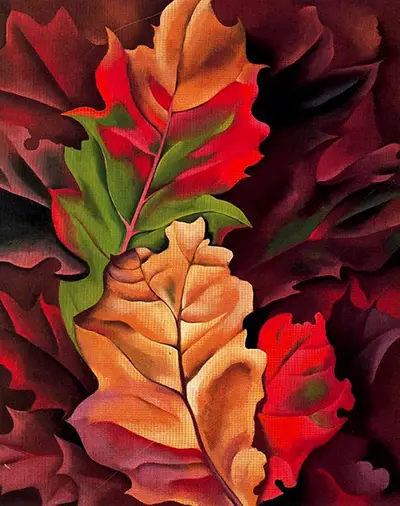
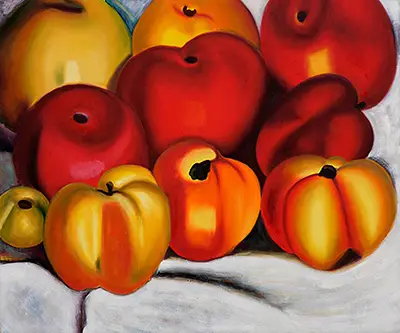


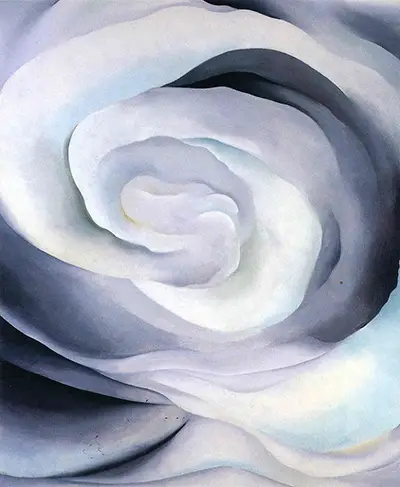
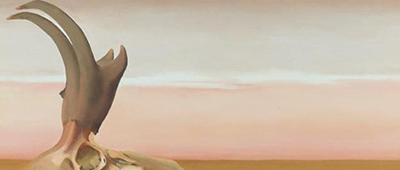
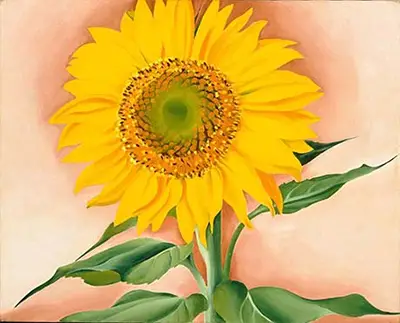
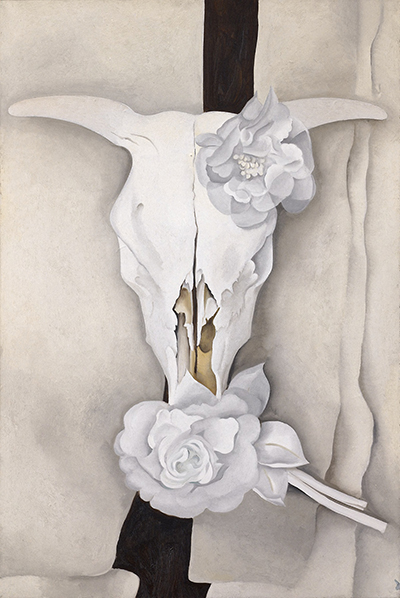
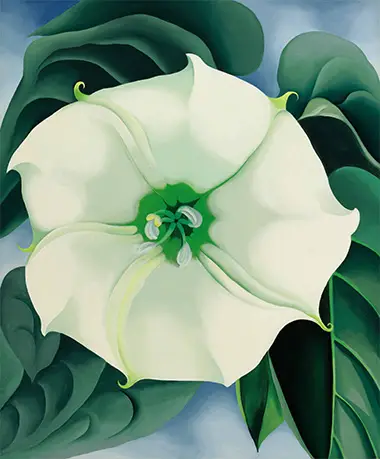
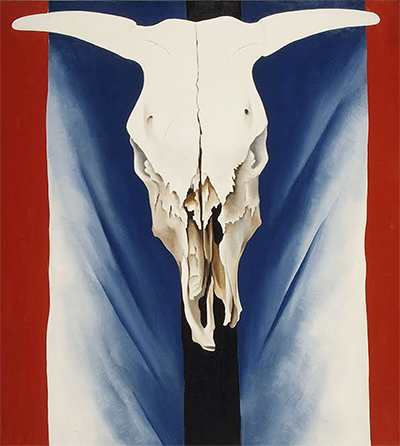
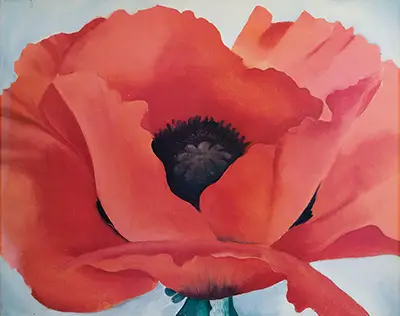
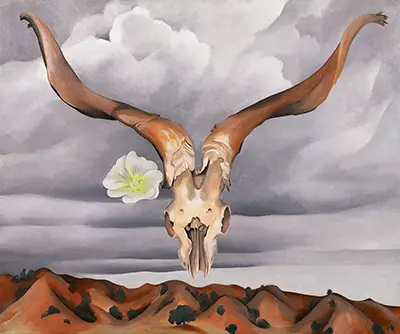
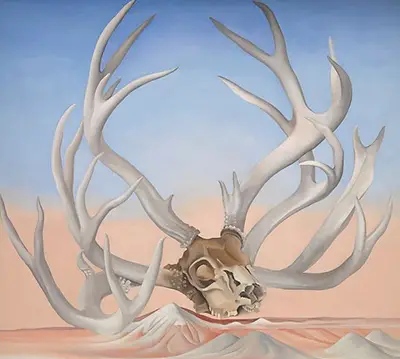
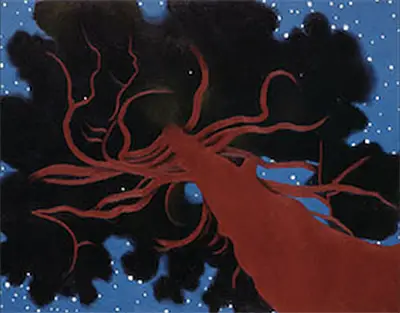
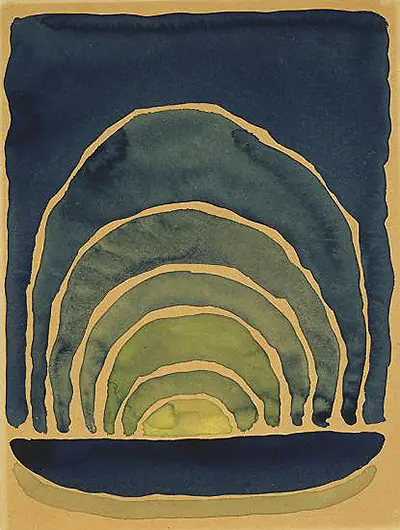
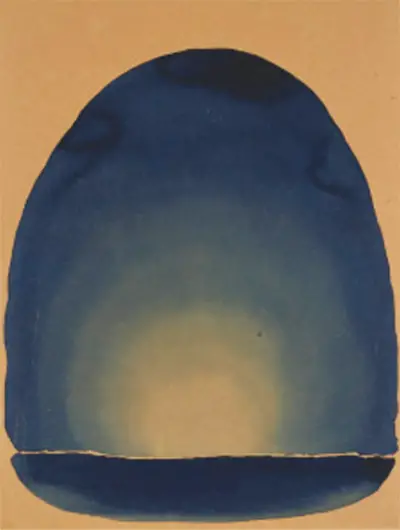
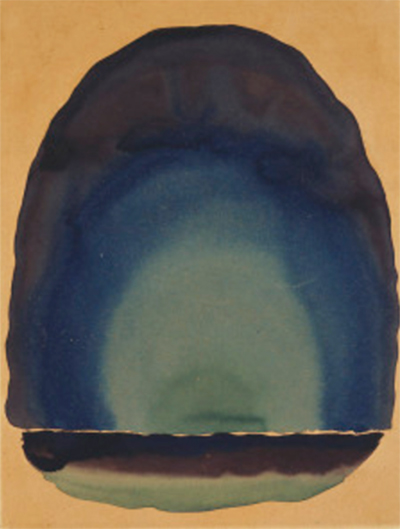
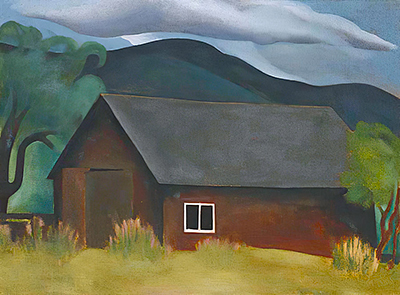
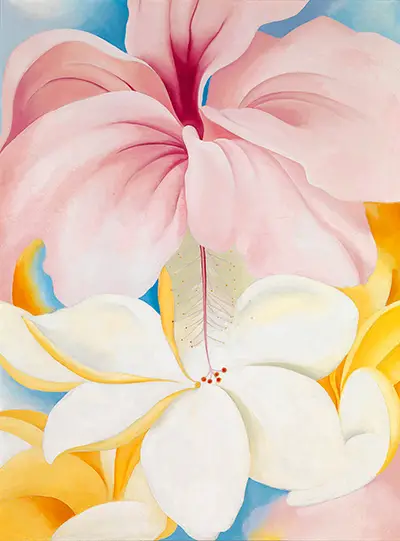
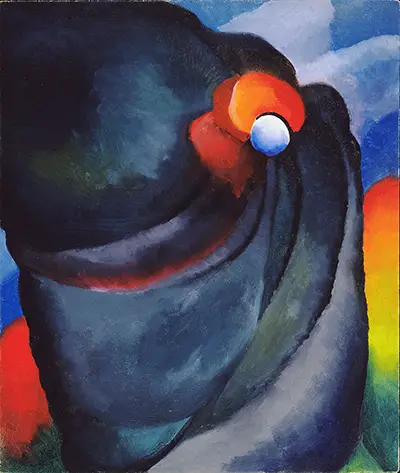


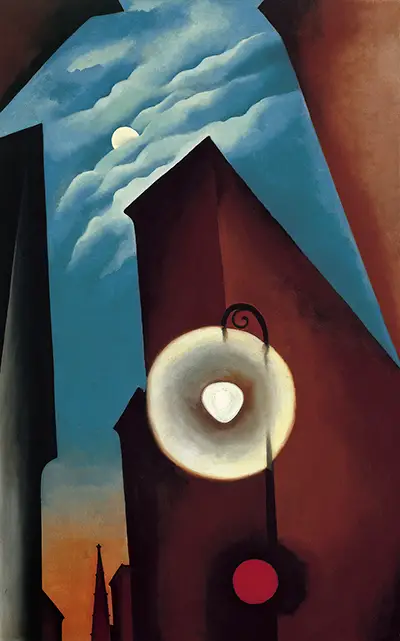
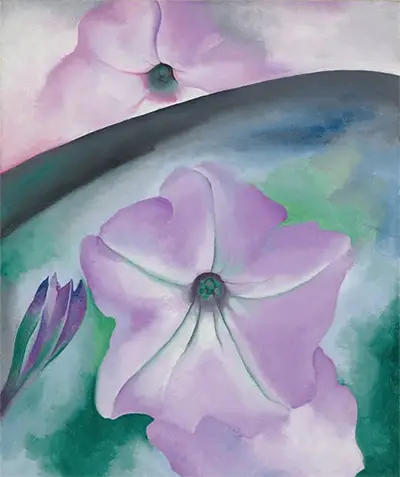

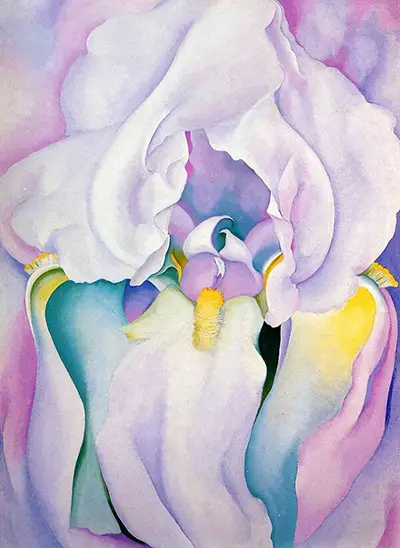
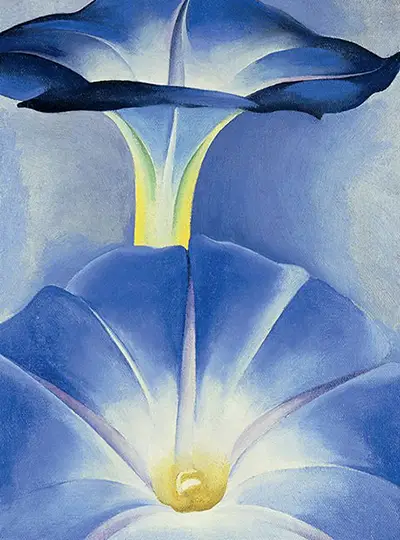
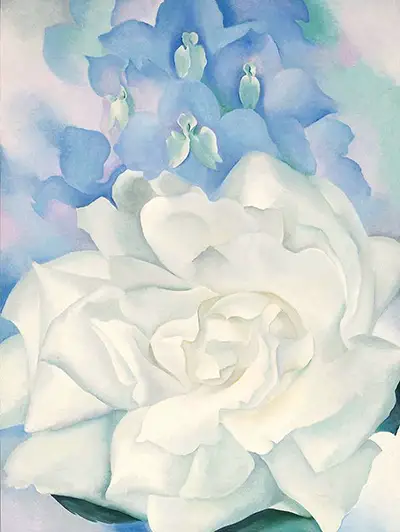
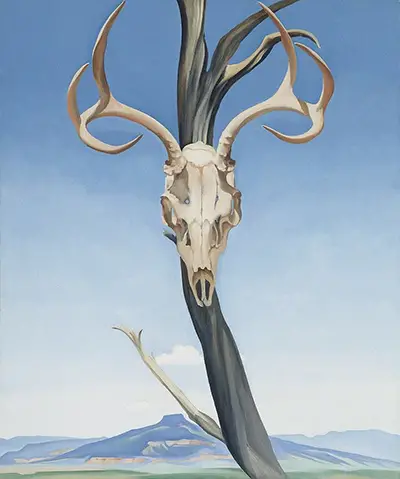
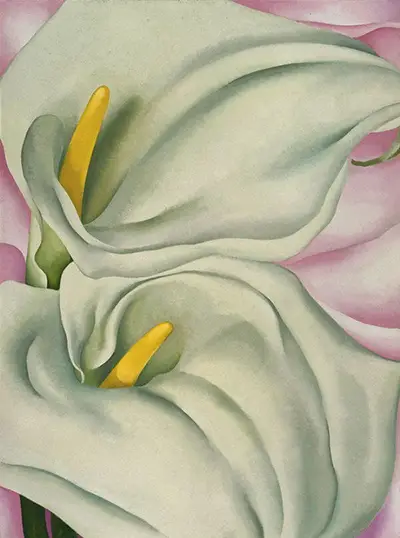
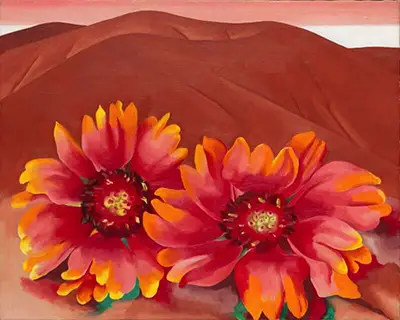
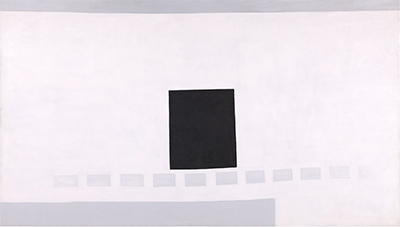
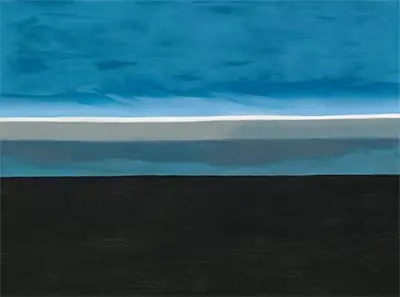
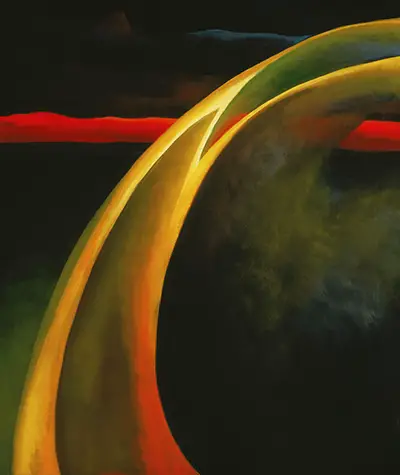
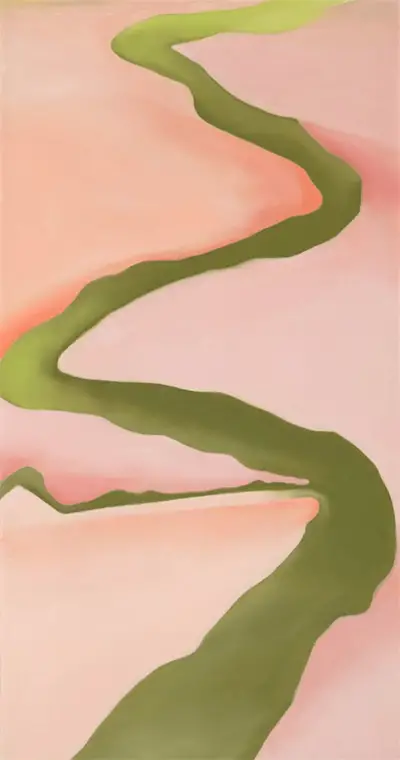
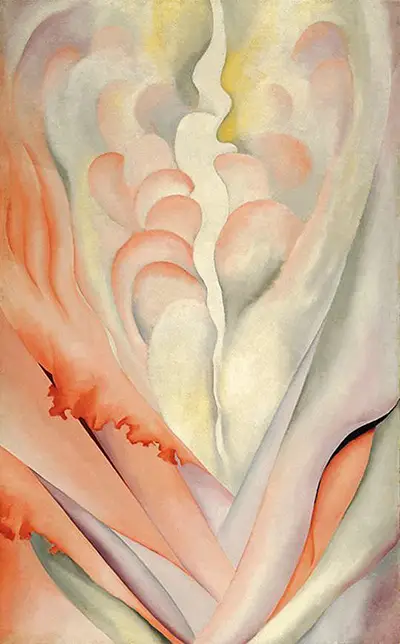


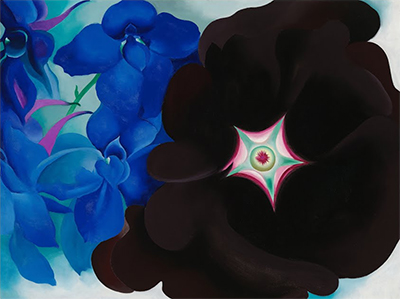
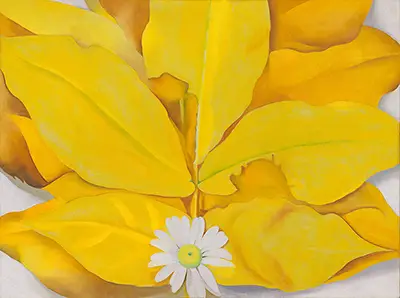

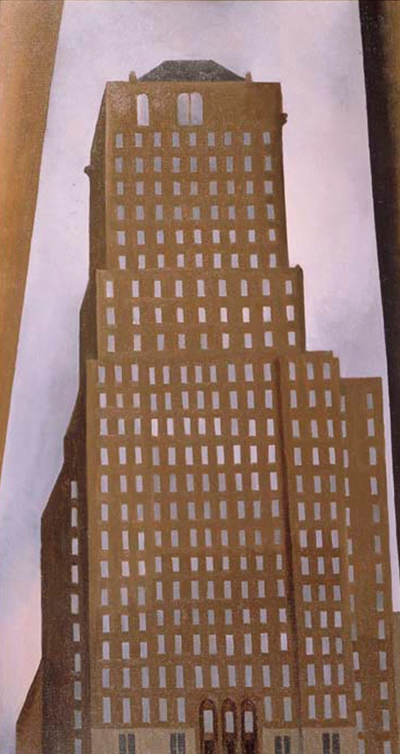
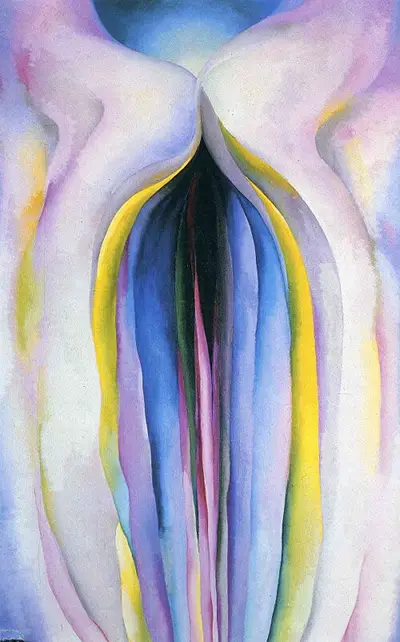
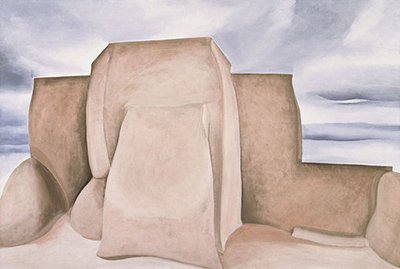
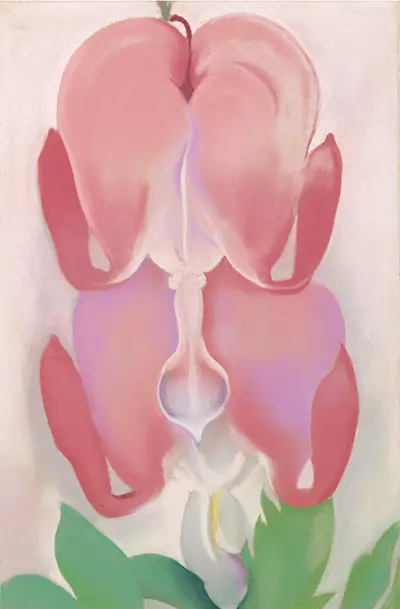

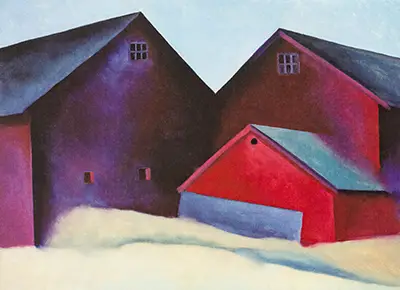
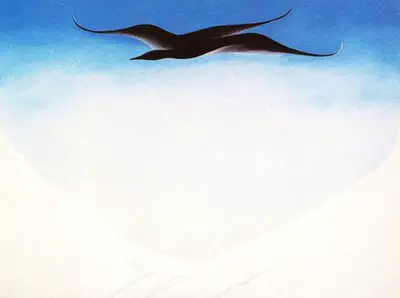
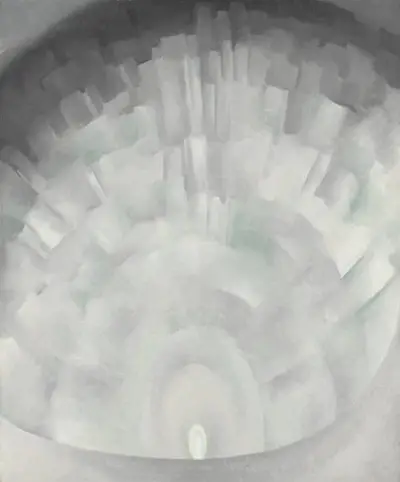
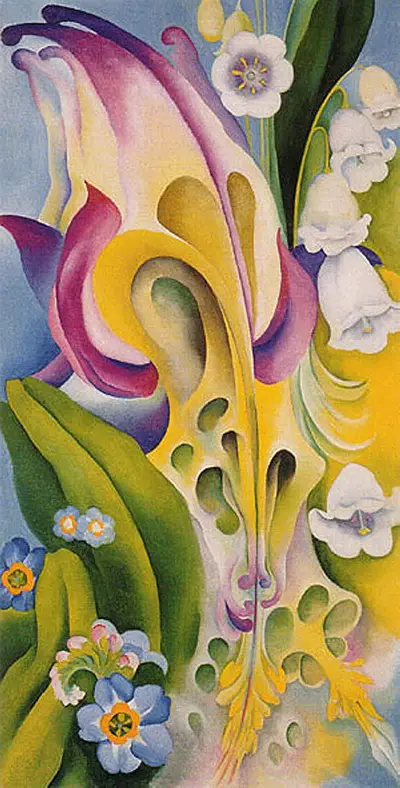
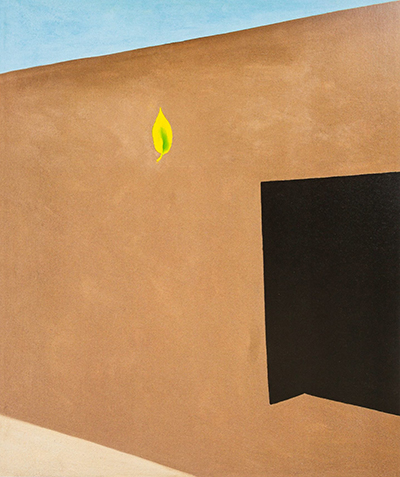
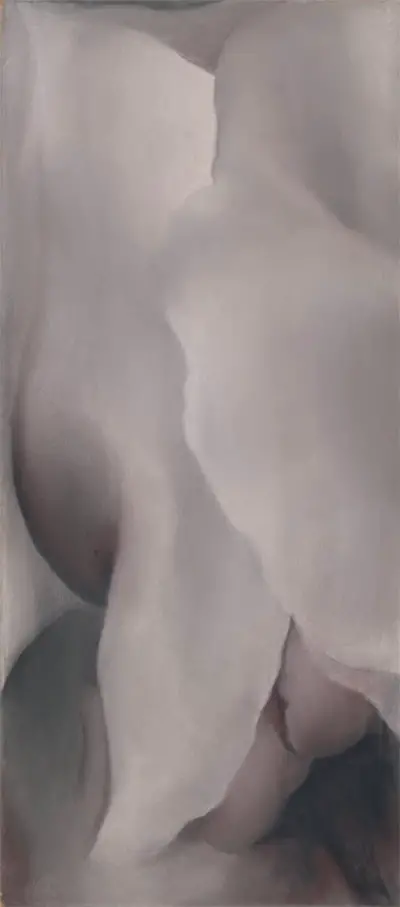
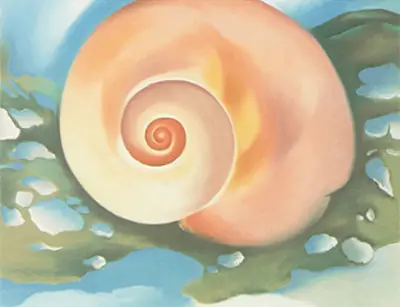
 Georgia O'Keeffe.jpg)